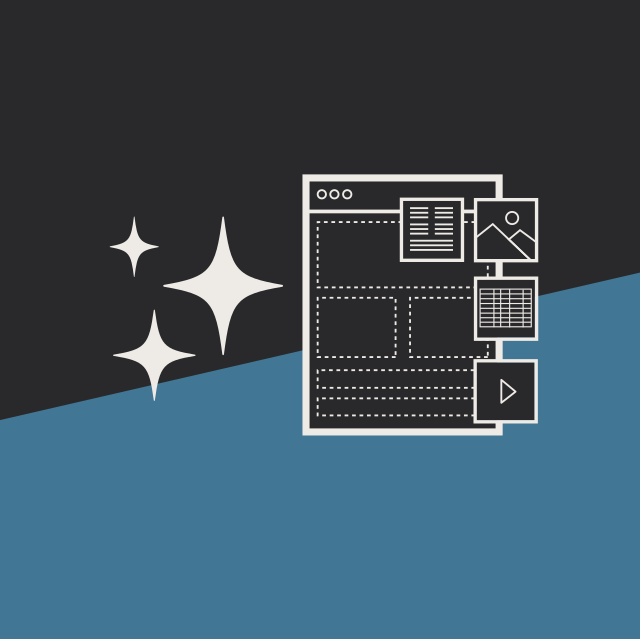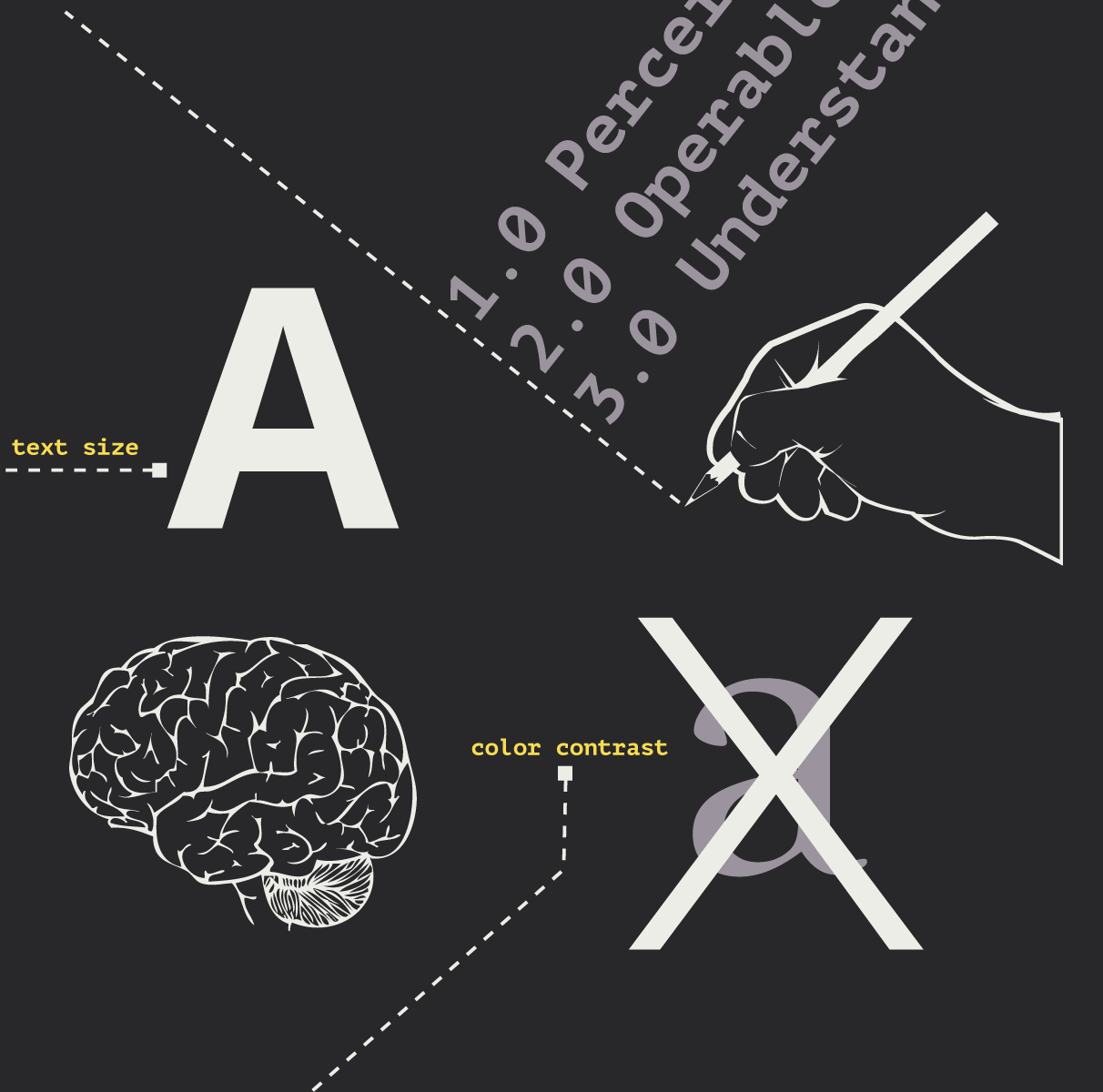Paper Prototyping: An Essential Design Tool
Britney Na Interaction Designer#Design, #Design Advice

There are a vast array of design tools available to web designers
today. WSOL is committed to choosing the appropriate tools in order to
fulfill each company's website design goals. One of the design tools
that we utilize at WSOL is paper prototyping, find out why and when we
think paper prototyping is an essential asset to the design process.
In my many years at WSOL I’ve had wonderful experiences working with a variety of clients, from small businesses to large companies. Every client has unique design challenges and prior to each project the WSOL design team reviews those needs. We then tailor our design and research methods accordingly. However, if I had to pick my favorite design tool from all that we use, it would be paper prototyping. Paper prototyping is an important tool because of its extensive versatility. Here are some examples of how we use it:
1. An evaluation and collaboration tool with end users
At the beginning of a project, during the user research phase, we usually replicate existing UI screens on paper and take them to user interviews. During the interview, as the user explains how they use the current system, we then modify the mockups based on their descriptions. This involves removing any components that the user doesn’t currently use, shifting the order of items, or modifying components to suit the user’s work practice. This exercise with end users is an excellent opportunity to gather tips about how to improve the existing functionality. Once users see that their feedback can turn into real product ideas, they no longer talk at a high conceptual level; they are more engaged to share their experience beyond what was questioned, and this helps us to design more detailed solutions. We often hear that details matter. In this case, even the small “tweaks” that users suggest could turn into a huge improvement that others later rave about.
Also, talk about fast turn-around time! This is much faster than building an interactive online prototype and coming back to the user in a few weeks or months to validate the idea. Ideas that don’t meet the user’s expectations are quickly weeded out as well.
2. A presentation and brainstorming tool with stakeholders
Clients have years of experience and knowledge that helps them understand what goes on beyond the product we build for them. At the project planning phase, clients are responsible for clearly communicating the business objectives and requirements to the design team; it is my team’s job to understand their needs and render them into functional design solutions. Personally, I find paper prototypes to be an effective communication tool for this purpose. During initial design meetings, as clients share their ideas, I quickly create paper prototype pages and share them with everyone. Everyone can then reflect on the ideas that were just discussed and visualize how they would look in the real interface. Many times, upon seeing the paper mockups, what seemed like a vague and feeble idea can turn into a solid, core functionality that must be included, or what sounded like a good idea gets quickly voted out.
3. A design and development guide
Over the course of design and development, it is inevitable that some design concepts will evolve or change for a variety of reasons. In general, every part has been prioritized as such that if anything needs to be cut or modified, it usually doesn’t affect the overall design concepts. But there are occasions in which design change requests are not simple. They may affect the overall design direction and interfere with other components. When this happens, we usually refer back to the paper prototypes that were used in the user and stakeholder interviews and see if the design request conflicts with the user data. If the idea doesn’t fit the user stories collected earlier, then my team can suggest alternative solutions to the client or recommend gathering more user feedback before proceeding with the new idea.
Paper prototyping is an essential design tool because it frees us to be creative and explore more design ideas quickly, rather than focusing on a few ideas. For your organization, paper prototyping may not be suitable, and many other design methods are available. My only recommendation is that whatever your ‘secret tool’ may be, keep using it to explore new possibilities and engage more people. Your users and clients will appreciate it. If you have any questions on alternative design tools feel free to contact us, we are more than happy to discuss what tools are best for your design project!
Related Posts

User Onboarding Process: Guiding Visitors Through Your Website
We offer some tips on how to design a website in a way that helps users intuitively understand how to use it to accomplish their goals.

Accessibility Playbook Resources
Useful accessibility resources that are free for web designers, web developers, and content creators to help them build more inclusive websites.
Results Matter.
We design creative digital solutions that grow your business, strengthen your brand and engage your audience. Our team blends creativity with insights, analytics and technology to deliver beauty, function, accessibility and most of all, ROI. Do you have a project you want to discuss?
Like what you read?
Subscribe to our blog "Diagram Views" for the latest trends in web design, inbound marketing and mobile strategy.
